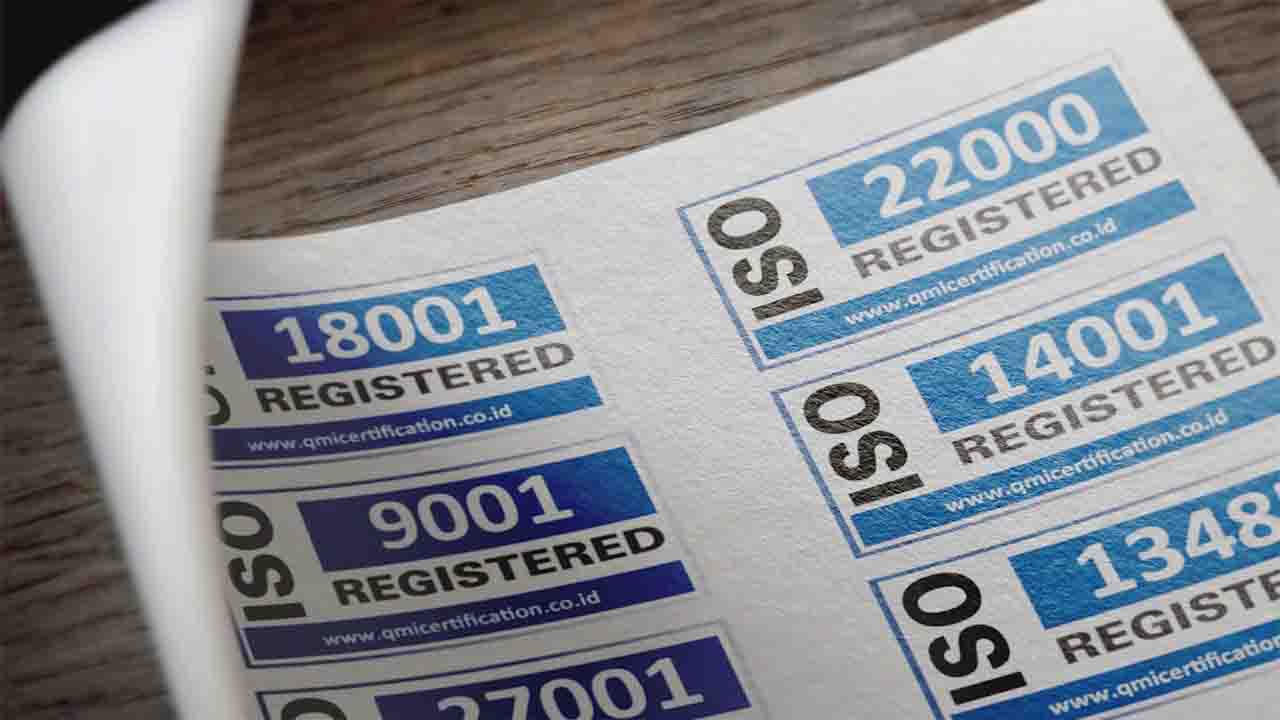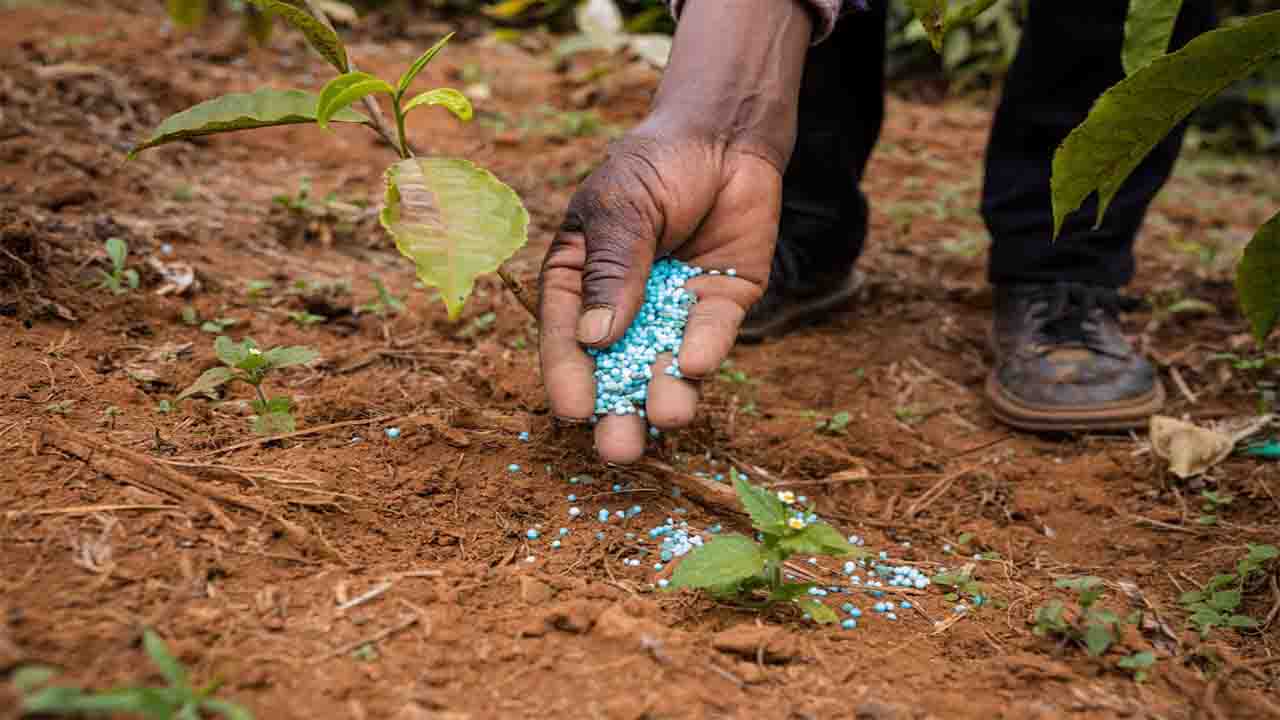SYDNEY (CU)_In November last year, banks in Australia started raising their fixed rates on home loans, pushing up new mortgage commitments at their fastest rate in almost a year. On the other hand, the increased minimum interest rate buffer based on which banks would have to assess the serviceability of home loan applications, announced by the Australian Prudential Regulation Authority in October, also came into effect in November. Despite these restrictions new home loans in the Trans-Tasman bounced back in almost a year, recent data shows.
In the same month that credit costs started rising, owner-occupiers and first home buyers returned to the home loan market, triggering a 6.3 per cent jump in new home loans, their highest growth rate since January 2021. According to CBA economist Kristina Clifton, this was a result of the first increase of owner-occupiers in four months and the first n six months of first-time buyers.
“This was surprising given that some of the major lenders have been increasing fixed lending rates in recent months,” she said. “APRA’s increase in the serviceability buffer also came into place at the start of November, which reduces the average loan size at the margin, all else being equal.”
In terms of monthly growth, home loans taken by owner-occupiers jumped 7.6 per cent from October, while mortgages taken by first home buyers were up 3.7 per cent from the previous month. However, the 13th straight monthly gain in lending to investor borrowers, also boosted the overall increase in November, as new loan commitments by this segment of borrowers jumped 3.8 per cent to $10.1 billion, the highest monthly total in almost 20 years.
Meanwhile, the average loan sizes also reached new highs across the nation, except Western Australia, reaffirming affordability problems fuelling the housing crisis. “The average loan size for owner-occupier dwellings – which includes construction and new and existing dwellings – rose to an all-time high of $596, 000,” Hayden Groves, the president of the Real Estate Institute of Australia, said.
This means that first home buyers are being squeezed out of the housing market, and authorities are expected to take further measures to tackle the situation, JPMorgan economist Tom Kennedy said. “We continue to expect additional macro-prudential measures to be implemented over time, which, alongside our forecast for the RBA (Reserve Bank of Australia) to lift the cash rate later this year (in the December quarter 2022), suggests the monthly pace of home lending is likely to slow,” he said.















